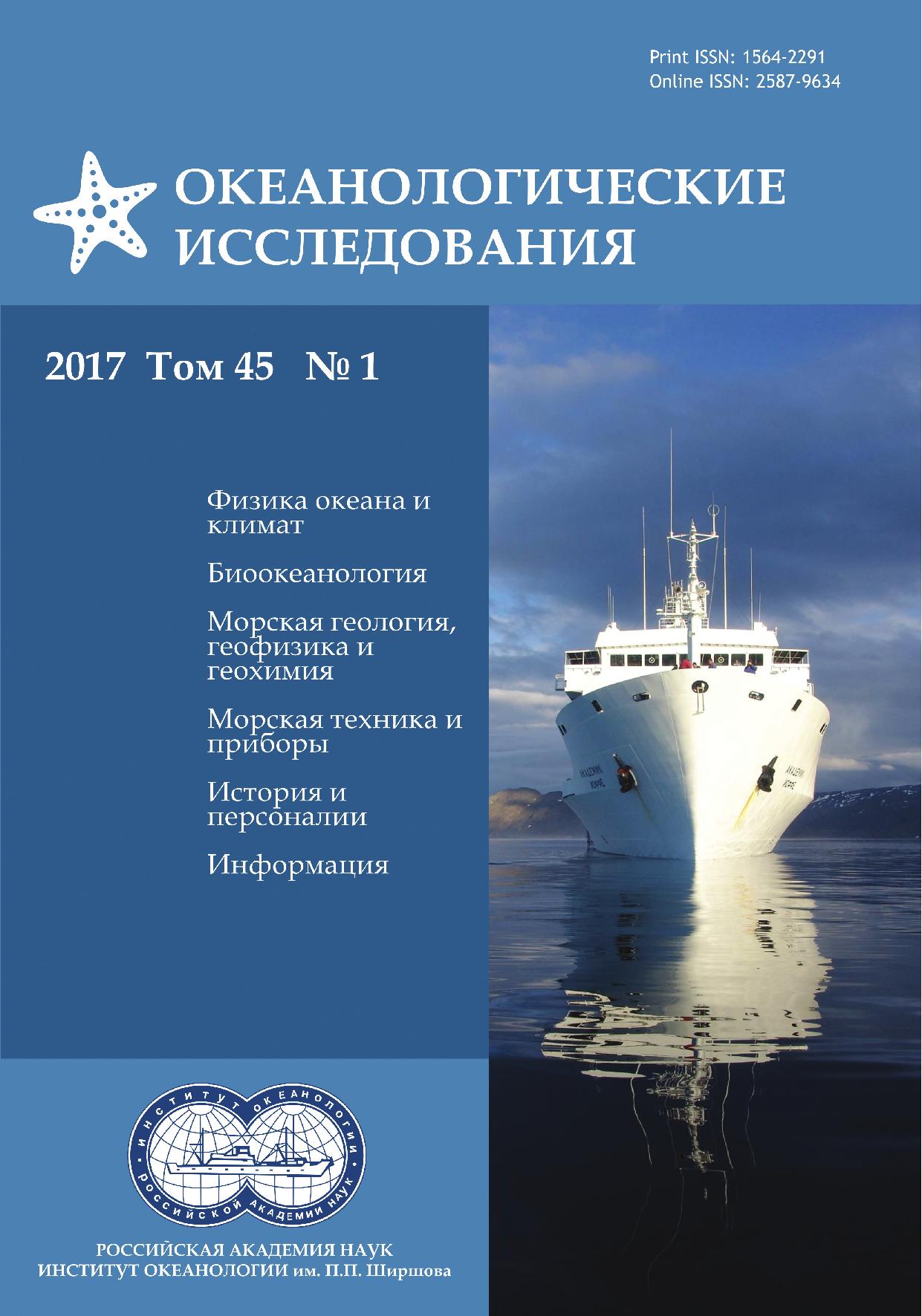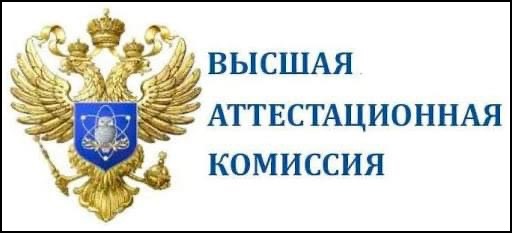Расчет пространственно-временных характеристик аварийного разлива судового топлива в прибрежной зоне Карского моря
Аннотация
По модифицированной методике с учетом подхода Харлоу и параметров ветровых волн для двух районов Карского моря проведен расчет последствий аварийного разлива судового топлива. Оценено количество выносимой на берег нефти после аварий в северном и южном участках моря в точках выброса с различным удалением от берега, а также рассчитаны площади и толщины пленок разлива на поверхности моря в различные моменты времени.
Литература
- Альхименко А.И. Аварийные разливы нефти в мореи борьба с ними. СПб: ОМ-Пресс, 2004. 213 с.
- Измайлов В.В. Перенос и трансформация нефтяного загрязнения Северного Ледовитого океана // СПб: Гидрометеоиздат, 1999. 140 с.
- Коротенко К.А., Дитрих Д.Е., Боуман М.Дж. Моделирование циркуляции и переноса нефтяных пятен в Черном море // Океанология. 2003. Т. 43, № 4. С. 504–515.
- Матишов Г.Г., Бердников С.В., Савицкий Р.М. Экосистемный мониторинг и оценка воздействия разлива в Керченском проливе. // Авария судов в ноябре 2007 г. Ростов на Дону: ЮНЦ РАН, 2009. 78 с.
- Мишуков В.Ф., Калинчук В.В., Мишукова Г.И. Модель расчета переноса и трансформации нефтяного загрязнения в Дальневосточных морях (на примере залива Петра Великого Японского моря) // Дальневосточные моря России. Исследование морских экосистем и биоресурсов. М.: Наука, 2007. С. 345–353.
- Озмидов Р.В. Диффузия примесей в океане. Л.: Гидрометеоиздат, 1986. 278 с.
- Патин С.А. Нефтяные разливы и их воздействие на морскую среду и биоресурсы. М.: ВНИРО, 2008. 506 с.
- Справочные данные по режиму ветра и волнения Японского и Карского морей // Российский морской регистр судоходства, СПб, 2009. 356 с.
- Становой В.В., Лавренов И.В., Неелов И.А. Система моделирования разливов нефти в ледовитых морях // Проблемы Арктики и Антарктики. 2007, Вып. 77, с. 7–16.
- Справочник по климату СССР. Л., Гидрометеоиздат, Вып. 13, части II-IV. 1966–1968.
- Трубкин И.П. Ветровое волнение (взаимосвязи и расчет вероятностных характеристик) // М.: Научный мир, 2007. 264 с.
- Трубкин И.П., Филиппов Ю.Г. Методика и некоторые результаты расчета ветровых волн в Балтийском море при оценке воздействия на окружающую среду // Экологические системы и приборы. 2003. №.12. С. 46–50.
- Филиппов Ю.Г. Численное исследование колебаний уровня и течений северной части Каспийского моря при различных значениях его фонового уровня. Водные ресурсы, 1997. Т. 24, № 4. С. 424–429.
- AMAP (Arctic Monitoring and Assessment Programme). Chapter 4Sources, Inputs and Concentrations of Petroleum Hydrocarbons, Polycyclic Aromatic Hydrocarbons, and other Contaminants Related to Oil and Gas Activities in the Arctic. Oslo: AMAP, 2007. 87 p.
- Harlow F.H. Numerical calculation of time-dependent viscous incompressible flow of fluid with free surface // Phys. Fluids. 1965. Vol. 8. P. 2182–2189. doi: 10.1063/1.1761178.
Передача авторских прав происходит на основании лицензионного договора между Автором и Федеральным государственным бюджетным учреждением науки Институт океанологии им. П.П. Ширшова Российской академии наук (ИО РАН)












